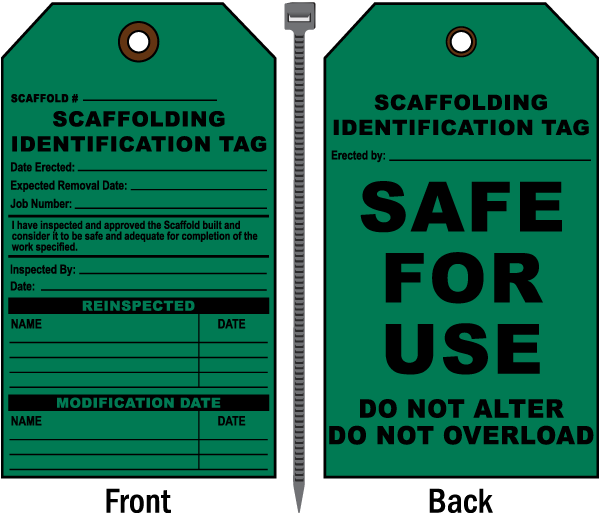

- #SCAFFOLDING DESIGN REQUIREMENTS 5 BY 7 INSTALL#
- #SCAFFOLDING DESIGN REQUIREMENTS 5 BY 7 CODE#
Never require or allow a worker to use a needle-beam scaffold or a suspended outrigger scaffold as a work platform. Provide toeboards at the edge of a temporary scaffold or work platform which it is possible for materials to fall more than three metres*. #SCAFFOLDING DESIGN REQUIREMENTS 5 BY 7 INSTALL#
Install a gate that is kept closed unless it is in use when workers must pass through a safeguard required by section 120*. Provide an equally effective means where it is necessary to hoist or lower materials that do not require equipping the skip or the sides of a cantilever hoist platform*. Ensure that wire mesh is installed to a height of 2 m on all sides of (a) a tower hoist, (b) a building shaft hoist and (c) a hoist cage in an excavated shaft*. Ensure that wire mesh, or other material equally effective, is installed for suspended scaffold or suspended powered scaffold to a height of at least 900 mm on all sides except the side adjacent to the structure*. Ensure that no objects fall from scaffolding work surfaces. Where work cannot be safely done from the ground or from a permanent structure Provide a scaffold or other safe working platform or appropriate ladder. Note: Comments marked with * are also valid for owners and comments marked with ** are valid for owners and suppliers. Types of scaffolds:Įmployers, contractors, owners, suppliers, and workers all have distinct responsibilities respecting the use, erection, demolition, inspection and maintenance of scaffolds and their components. #SCAFFOLDING DESIGN REQUIREMENTS 5 BY 7 CODE#
The CSA Standard Z797-09 (R2014) Code of Practice for Access Scaffold section 4.2 sets out considerations for selection of scaffold and planning of work. Each time a person is required to use a scaffold to perform work at heights, an assessment of the hazards must be done to determine the most appropriate type of scaffold. There are different types of scaffolds, all offering unique advantages. Scaffold means a temporary elevated platform and the platform’s supporting structure that are designed to support workers and hand tools, or workers, equipment and materials.

This document contains information about general regulatory requirements for use, erection, and dismantling of various types of scaffolds.

Attention must also be paid to potential overhead hazards, soil conditions and any hazards to workers below. Some important safety considerations include the selection of the appropriate scaffold, careful assembly according to manufacturer specifications, regular inspection, and proper use. Scaffolding also provides a versatile, cost-effective means of completing work in construction. It adapts to the needs of different tasks, allows workers and their tools and equipment to access heights, and provides superior protection over ladders.

Scaffolding is a common work tool in the construction industry.








 0 kommentar(er)
0 kommentar(er)
